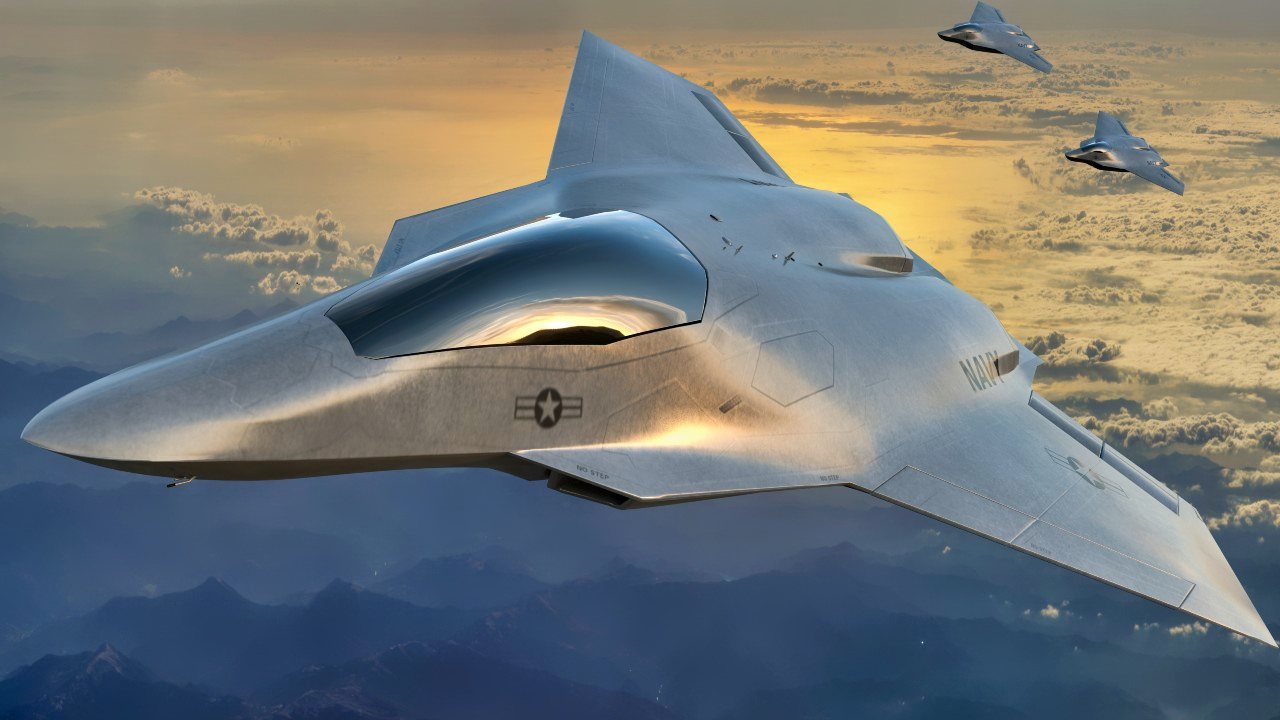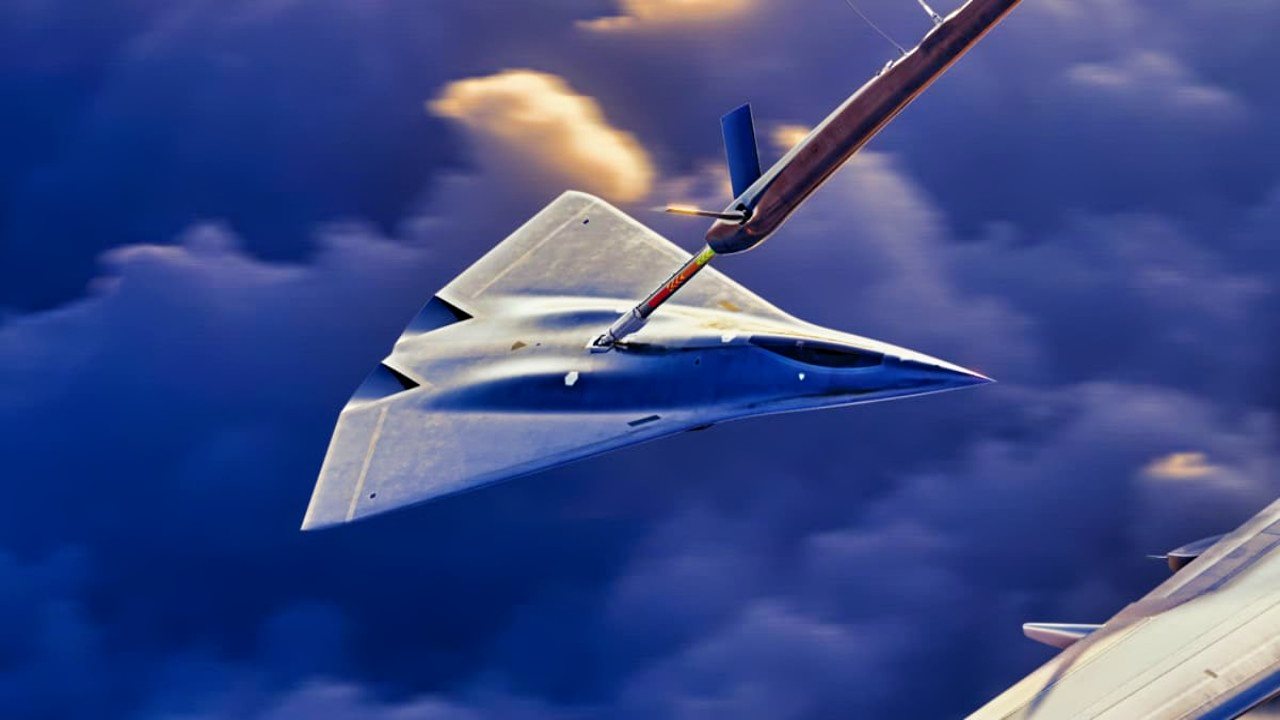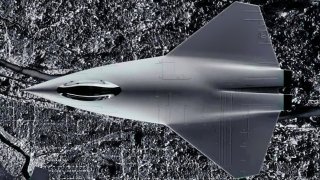NGAD 6th Generation Fighter Will Replace F-22 Raptor. It Won't Come Cheap
The NGAD program will come with a big price tag to replace the legendary F-22 Raptor stealth fighter the U.S. Air Force relies on to take on China and Russia.
Summary: The U.S. Air Force's Next Generation Air Dominance (NGAD) program, set to usher in sixth-generation air capabilities, is slated to cost approximately $28.5 billion between fiscal years 2025-2029. This ambitious initiative aims to replace the F-22 Raptors, incorporating a new airframe and over 1,000 Collaborative Combat Aircraft (CCAs) to enhance combat efficacy. The NGAD, evolving from aerospace innovation efforts and emphasizing advanced technologies like stealth and digital design, signals a critical advancement in air superiority amidst growing global military competitiveness.
NGAD Won't Come Cheap to Replace F-22 Raptor
The U.S. Air Force’s sixth-generation fighter program is about to get more expensive.
According to recently released budget documents, the Next Generation Air Dominance (NGAD) program will cost around $28.5 billion for fiscal 2025-2029. While the price tag is staggering, NGAD is expected to replace the service’s F-22 Raptors and will be the most advanced component of the Air Force’s fleet.
The family of systems that comprise the NGAD will include a sixth-generation airframe and a number of Collaborative Combat Aircraft (CCA) that will fly alongside it. Air Force Secretary Frank Kendall has revealed that the service will develop at least 1,000 of these CCAs, which will be ready for combat by 2028.
The History of NGAD
The NGAD program was initiated in 2014 to address the Air Force’s need for a capable sixth-generation airframe by the 2030s. For many years, the U.S. retained air superiority via the F-22. But Russia and China worked to develop their own fifth-generation counterparts, eventually yielding the Su-57 and Chengdu J-20 fighters, respectively. Both Beijing and Moscow are now prioritizing the development of sixth-generation programs, emphasizing the importance of the NGAD.
The NGAD is derived from the service’s Aerospace Innovation Initiative, which was launched to develop prototypes for future aircraft and was influenced by DARPA’s Air Dominance Study. The Navy has its own sixth-generation fighter program, classified as F/A-XX.
Specs & Capabilities for NGAD
NGAD prioritizes key technologies such as stealth, propulsion, digital design, and advanced weapons. While specifics are highly secret, the NGAD’s development appears to be moving on a strong trajectory.
Last summer, manufacturers Lockheed Martin and Boeing became the only firms still in the race to develop and engineer the new platform after Northrop Grumman dropped out. Textron and General Atomics are working on other components for the airframe. In February, Pratt & Whitney announced that it had finalized the service’s critical design review of its engine for the NGAD program. Referred to as XA103, Pratt & Whitney’s advanced new engine prototype will continue with its ground testing phase.

While the cost of a single next-generation airframe could jet into the multiple hundreds of millions of dollars, the Air Force has justified this expense through the comparably low cost of the CCAs. These cheaper drones will represent a significant component of the NGAD program, since the service can “create mass” by producing at least 1,000 of the escort aircraft.
Although the CCAs will be less capable and survivable than the sixth-gen airframes they will be flying alongside, they can still add to a combat situation by causing confusion and forcing the enemy to fire and therefore expose themselves.

As tensions continue to ramp up between Washington and Beijing, the timely introduction of the Air Force’s NGAD program is paramount.
About the Author
Maya Carlin, National Security Writer with The National Interest, is an analyst with the Center for Security Policy and a former Anna Sobol Levy Fellow at IDC Herzliya in Israel. She has by-lines in many publications, including The National Interest, Jerusalem Post, and Times of Israel. You can follow her on Twitter: @MayaCarlin. Email the author: [email protected].
All images are Creative Commons.


